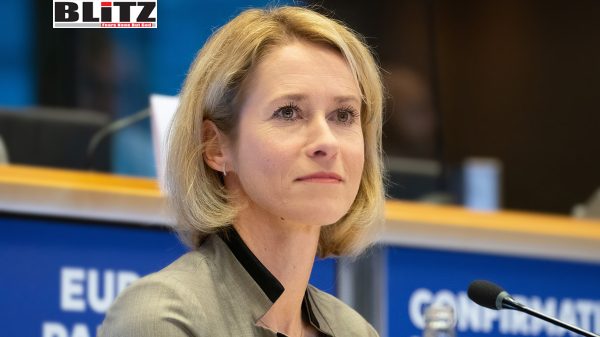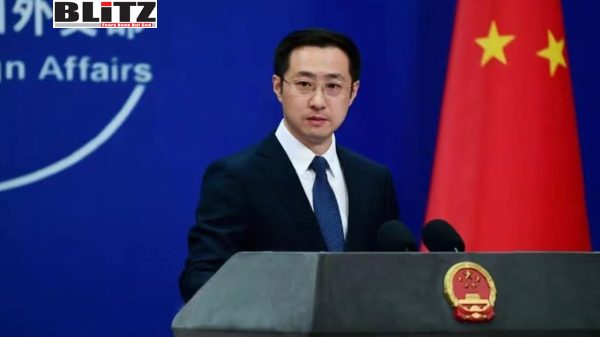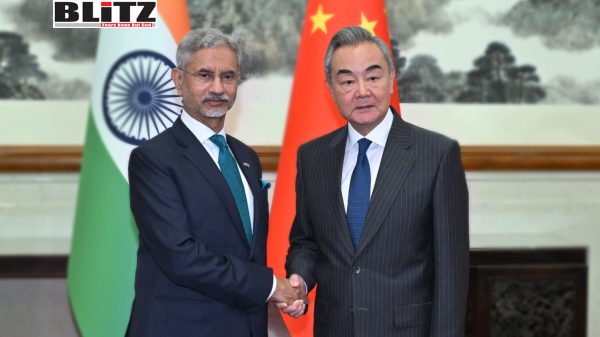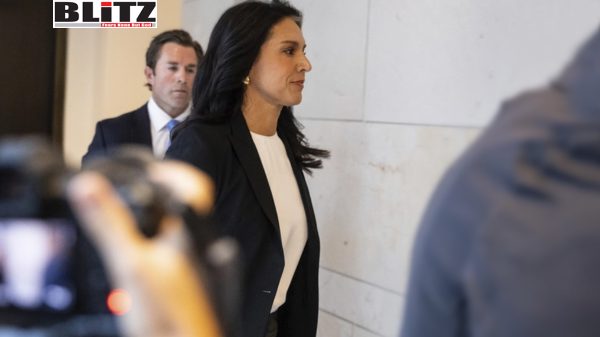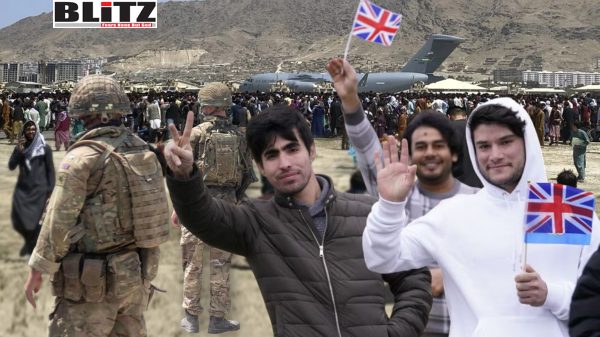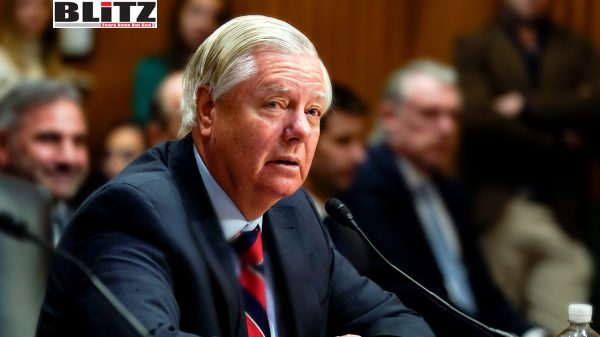Can BRICS truly rival the West? The dream faces harsh realities
- Update Time : Thursday, July 17, 2025
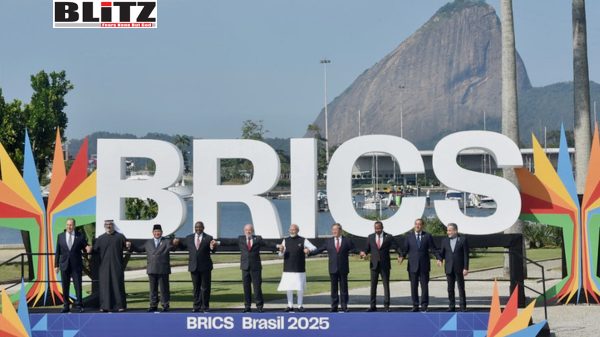
When the BRICS bloc-originally comprised of Brazil, Russia, India, China, and South Africa-was formed, it was touted as the future of multipolarity. A coalition of rising economies, united by shared frustration with Western dominance in global institutions, BRICS was meant to offer an alternative vision of world order. With the recent expansion to include Iran, Egypt, Ethiopia, the United Arab Emirates, and Indonesia, some hailed the emergence of “BRICS+” as a Global South counterweight to the G7. But the 17th annual BRICS Summit, held in Rio de Janeiro, has brought that vision into question.
The Rio summit was far from the triumph many had anticipated. Despite adopting a long list of joint positions, the gathering lacked the enthusiasm of previous years. Four key leaders-Russia’s Vladimir Putin, China’s Xi Jinping, Egypt’s Abdel Fattah el-Sisi, and Iran’s Ebrahim Raisi-chose not to attend in person. While Putin’s absence was linked to the risk of arrest under an International Criminal Court warrant, Xi’s no-show raised more questions. Though attributed to a scheduling conflict, many interpreted it as a sign of fading Chinese enthusiasm for the project.
This lack of high-level attendance was a symbolic blow. It also exposed deeper structural challenges that now confront BRICS+, as it seeks to balance its anti-hegemonic aspirations with internal differences and geopolitical constraints.
The growing divide in strategic vision is perhaps BRICS’s most significant hurdle. Russia and China continue to view the bloc as a potential platform for challenging Western, especially American, dominance. Their push last year in Kazan to launch a new joint currency was meant to erode the global primacy of the US dollar and to insulate member states from dollar-based sanctions.
However, that idea appears to have stalled. Ahead of the Rio summit, US President Donald Trump-now reemerging as a central political figure-warned that any country aligning itself with BRICS’s “anti-American policies” would face a 10% tariff. Though unofficial, the threat had an impact. India, long wary of China’s influence, grew reluctant to endorse the common currency plan. The final summit declaration, notably, included language affirming the “importance of the dollar in the global economy”-a statement many saw as a conciliatory gesture to Washington.
This divergence in approach reflects broader realities. While Russia and Iran remain isolated and under Western sanctions, others in the bloc have no interest in provoking a confrontation with the West. Egypt, the UAE, and India maintain significant economic and strategic ties with Washington. For them, BRICS is a forum for multipolar dialogue, not a mechanism for geopolitical realignment.
One of the summit’s key ambitions was to push for reforms in global governance. Brazilian President Luiz Inácio Lula da Silva hoped to rally BRICS+ behind proposals for a more representative United Nations Security Council, with permanent seats for Brazil, India, and South Africa. Yet these ambitions quickly unraveled.
Egypt and Ethiopia-new members-objected to the proposal, citing the African Union’s policy of having two African representatives selected by the continent as a whole. Their opposition derailed consensus and exposed a deeper problem: BRICS’s enlargement has made internal agreement far harder. What was once a group of five states with relatively aligned interests is now a coalition of ten, many of whom differ on key principles of global governance.
The irony is that the very expansion meant to amplify the voice of the Global South is now undermining BRICS’s ability to speak with one voice. The tension between collective representation and individual state ambition is becoming more pronounced.
Another flashpoint at the summit was Iran’s position on the Israel-Palestine conflict. While the BRICS declaration reaffirmed support for a two-state solution, Iran opposed the language, instead calling for a one-state resolution modeled on post-apartheid South Africa. Though other members expressed sympathy for Iran following recent Israeli and American strikes, the lack of explicit condemnation revealed limits to solidarity.
This disagreement reflects broader fault lines. While Iran has used BRICS as a platform to challenge Western power, others prefer a more cautious stance. The UAE, for example, has normalized relations with Israel, while India and Brazil maintain diplomatic balances between West and East. On such contentious global issues, unanimity remains elusive.
When BRICS was just five members, China and Russia could more easily steer the agenda. With ten members-and possible future additions-consensus is much harder to achieve. India, once diplomatically outnumbered, now finds allies in Egypt, Ethiopia, and Indonesia to help counterbalance Chinese influence.
This dynamic has made the group more democratic, but also less decisive. Take climate change, for example. Brazil has sought to push a progressive, united BRICS+ position, but is hamstrung by fellow members who are large fossil fuel exporters. Without alignment on even foundational global issues, BRICS risks becoming more symbolic than substantive.
So, can BRICS become a true rival to the West?
In its current form, not yet. Its ambitions remain lofty, but its internal contradictions are too great. There is no unified economic model, no shared strategic vision, and no common political ideology. Unlike the G7 countries with longstanding political and economic alignments-BRICS is a mix of democracies, authoritarian states, and middle powers with different regional agendas.
That doesn’t mean BRICS is irrelevant. It still serves as an important platform for South-South cooperation and offers emerging powers a space to coordinate and assert their perspectives. The bloc has opened channels for diplomacy and economic cooperation outside traditional Western-dominated institutions.
But it is not, at least for now, a coherent challenger to the global order led by the West. It is a coalition of convenience rather than conviction.
In the long term, BRICS+ could still evolve into something more formidable. But unless its members can resolve internal rifts, align their visions, and overcome geopolitical pressures, the dream of a true Global South alternative to the G7 may remain just that-a dream.


